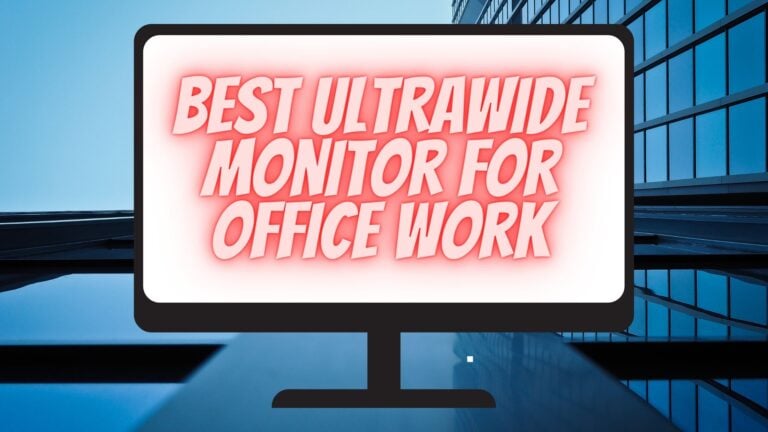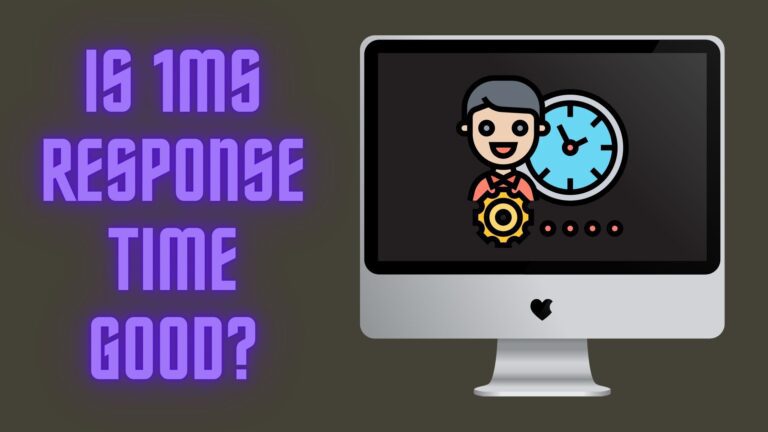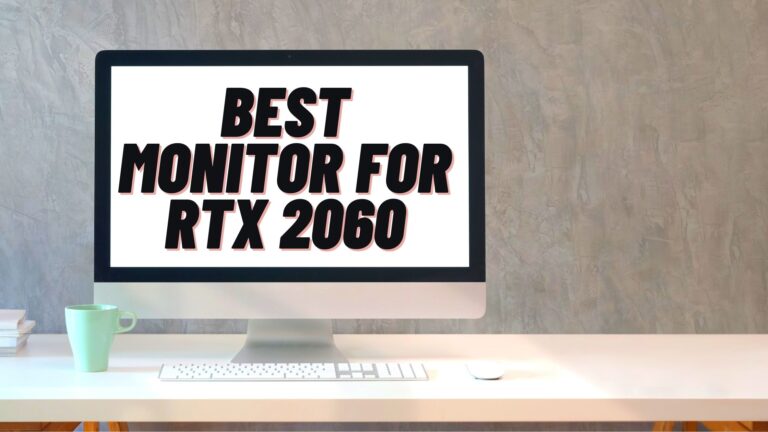Does Refresh Rate Matter on LED TV – Explore Some Facts

Do you want to buy a monitor? Are you wondering Does Refresh Rate Matters On LED TV? To crack the answer, you can read ahead. The refresh rate means a lot, whether it is an LED TV or monitor as it makes your monitor more incredible and increases the screen display.
Most commonly, the display rate of LED TVs is either 60 Hz or 120 HZ; the 120 HZ is a more preferable monitor. Therefore, every high-end monitor contains 120 Hz. If you also want to buy a dedicated and cinematic LED TV, you can buy an LED TV with 120 Hz. Are you curious to know what are the benefits of an LED TV with a 120 Hz refresh rate? What features does it hold?
Read the article till the end and explore everything. Here you go!
What is The Refresh Rate?
An LED refresh rate means how many times the screen refreshes in a second. There is a difference in refresh rate and frame rate per second, which shows the number of frames a video source displays every second. The refresh rate does matter in motion handling, as the higher refresh rates will show you smooth motion but the results always do not remain the same.
Check IPS Glow Vs Backlight Bleed
When Does It Matter?
Refresh rate strongly affects motion handling, so the faster a display can show a new image, the better the screen will be for fast-moving content. Nowadays TVs come with a 60Hz or 120Hz refresh rate. But high-end TVs mostly have a 120Hz refresh rate, but it does not mean they are good at motion handling.
How good a motion looks is determined by the response time, and a faster response time always means that you will enjoy clear and sharp motion while TVs having less response time leads to motion blur.
How Response Time And Refresh Rate Are Related?
Refresh Rate and response time related to each other indirectly. It is a reality that a 120Hz panel tends to have a better response time than a 60Hz panel, but this is not a guarantee.
Check Ultrawide vs Dual Monitor
Does Refresh Rate Matter On LED TV?
Does Refresh Rate Matter On LED TV? The answer to this question is Yes, it does matter to some extent and is very important in some venues. Large LEDs used for broadcasting events come with higher refresh rates and it helps in showing more clear pictures.
Refresh rate is a bit confusing and people mix up this with frame rate, but there is a difference in actuality. Frame rate is a property of incoming material but not of the display. It makes clear that a video generally has a frame rate of 34 to 30 per second. Anything more than 15 frames per second is perceived as ideal to the human eye.
Contrary to this refresh rate is the rate at which LEDs signal to update the colors. Generally, this number is higher than the frame rate of incoming video. To match the frame rate to the refresh rate multiple screens mostly repeat the same frame rate. For example, if the video is playing at 24FPS on a 20Hz refresh rate, the processor will repeat each frame 5 times to the screen for making 24 frames.

How Processor Is Correlated With Refresh Rate of LED TV?
This is the point where the processor plays its part, as the higher the quality of the screen has a higher refresh rate, the more your LEDs processor can refresh the screen. Today LED screens refresh as fast as nearly 10,000 Hz, but for decades, people have been using old CRT screens and computer monitors with 60Hz to do the daily routine tasks and watch movies, play videos, etc. Thus, it is clear now that the refresh rate on LEDs is a less tiring issue, not something for which you spend extra bucks.
To get flicker-free images, a display should have a higher refresh rate, e.g. 100Hz or more. But less than this will also help to run videos, playing casual games.
Check Best Ultrawide Monitors Under $500
What is a Good Refresh Rate for TVs?
Modern televisions come with a refresh rate ranging from 60 to 120 Hz. It is a fact that 60Hz TVs are better for watching videos without any issues. On the other hand, TVs screens having 120Hz refresh rates are good for playing video games and watching movies.
The only issue that might come up is that m the TVs are built with HDMI 2.0 inputs, limiting the video sources to a 60 Hz refresh rate. So if you are looking to get the advantage of a 120 Hz TV, ensure to buy a model having HDMI 2.1 port, especially if you own a next-generation gaming console.
LED TVs With 120 Hz Refresh Rate?
The following are some top-notch brands and their leading LED TVs that are equipped with a 120 HZ refresh rate. Crack their features and pick that you like the most.
- Sony. X90J 4K TV
- LG. Nano 90 LCD TV
- Samsung. QN95A Neo QLED TV
- Samsung. Q80T QLED TV
- LG. C1 OLED
- TCL. 6-Series QLED TV with Mini LED (US)
The Bottom Line
Refresh Rate Matters a lot for monitors but confusion does it mean the same for LED TV, too. To sort out this confusion, we have explained it in detail, so if you want to buy an LED TV and are confused about which one to buy, you can look for a higher refresh rate.
The LED TV with a 120 Hz refresh rate is good to go, so you can go with this but the 60 Hz refresh rate provides very poor picture quality but it is cheap in price, though.




![Best Dual Monitor Setup For MacBook Pro [Top Eight Reviewed]](https://www.technochops.com/wp-content/uploads/2021/12/Best-Dual-Monitor-Setup-For-MacBook-768x432.jpg)

